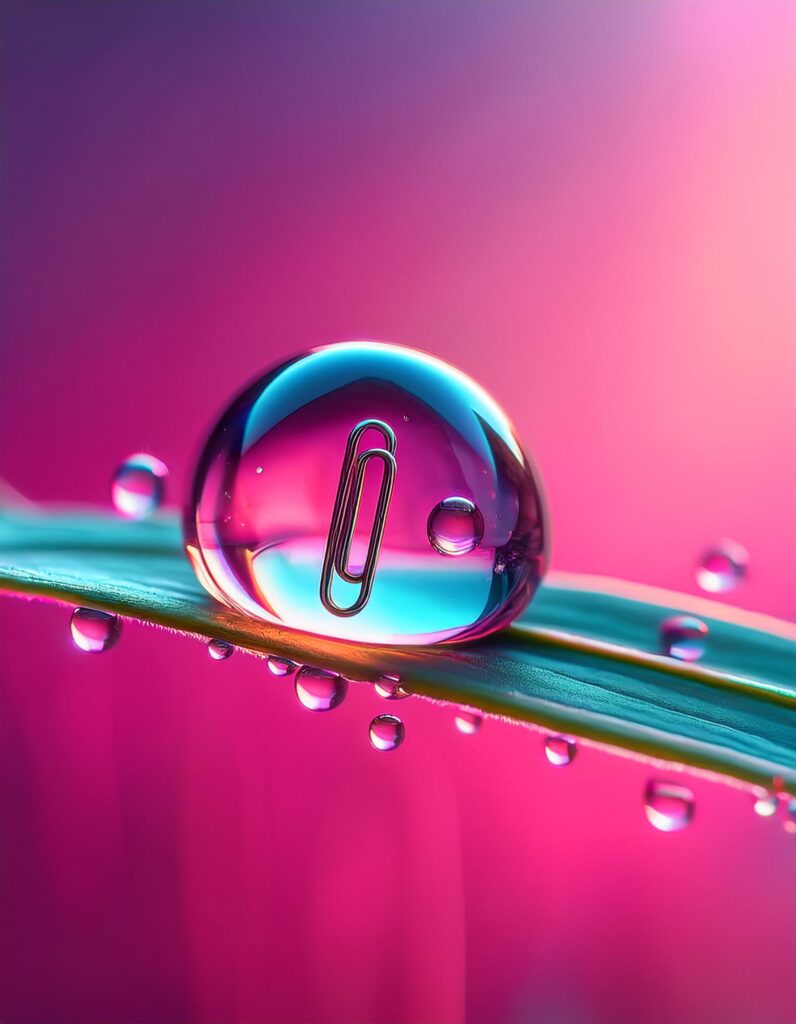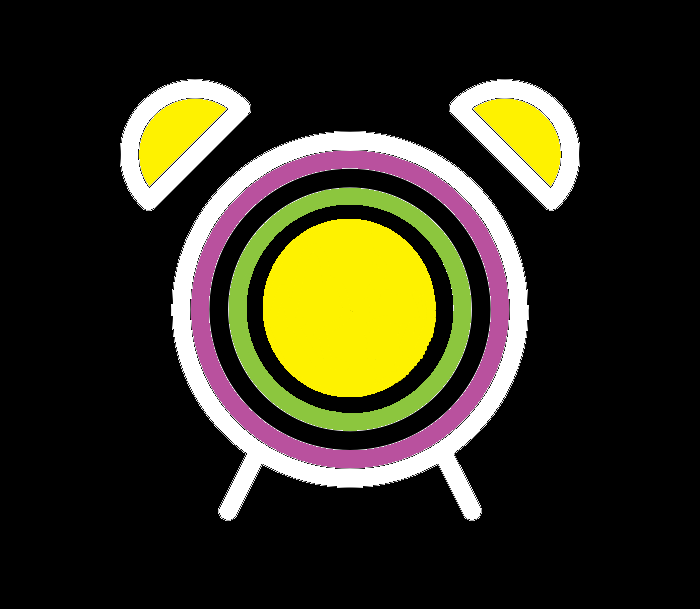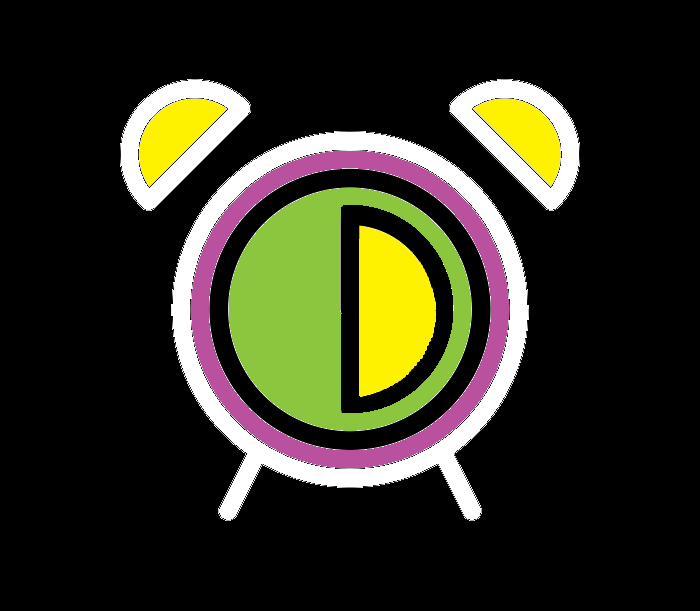The Surprising Science of Paper Clips and Water: A Family Experiment
Welcome to a world where the ordinary transforms into the extraordinary with just a glass of water and a box of paper clips. Today, we’re diving into a simple yet fascinating experiment that you can try at home with your little ones. It’s not just about what meets the eye; it’s about discovering the wonders of science that exist in every corner of our daily lives.
Imagine a glass filled to the brim with water. Now, how many paper clips do you think it can hold before the water spills over? Ten, twenty, maybe thirty? Prepare to be amazed as this experiment defies your expectations and provides a fun learning experience for the entire family.
The magic begins by carefully adding paper clips one by one into the full glass of water. With each paper clip, expect the unexpected – the water doesn’t spill over as quickly as you might think! This experiment is not only a test of patience but also a visual treat as you watch the water swell above the rim without overflowing.
Now, let’s delve into the science behind this spectacle. The phenomenon at play here is surface tension – a property of the surface of a liquid that allows it to resist an external force, due to the cohesive nature of its molecules. Water molecules are attracted to each other and stick together, creating a ‘skin’ on the surface that is strong enough to hold up additional weight, much like a stretched elastic sheet.
This experiment is a brilliant demonstration of physics in action, specifically the branch of fluid mechanics. It showcases how surface tension works and how the cohesive forces between liquid molecules can create an almost invisible barrier that can support the weight of the paper clips.
For those looking to try this experiment with alternative materials, consider these substitutions:
– Instead of a glass, use a clear plastic cup for a safer option if working with younger children.
– In place of regular water, colored water can make the experiment more visually engaging. Just add a few drops of food coloring.
– If you don’t have a box of paper clips, small washers or sewing pins can also work to demonstrate the same principle.
This experiment is perfect for kids aged 5 and up, with adult supervision ensuring safety and guiding the learning process. The preparation time is minimal – just gather your materials. The active part of the experiment can take as little as 10 minutes, but the discussion and observation can extend as long as your child’s curiosity holds. The results are immediate, and the learning is instantaneous.
So, gather your materials, and let’s explore the wonders of science together. Who knew a simple glass of water and a box of paper clips could unveil such an exciting adventure in physics?

Paperclips and Science
Ingredients
INSTRUCTIONS
-
Click here for the full experiment details. Checkout the main website: Little Bins for Little Hands
-
Get experimenting!
-
Feed your knowledge.
-
Come back for more recipes for science!




